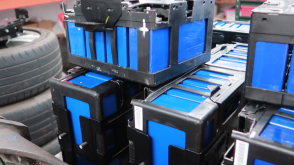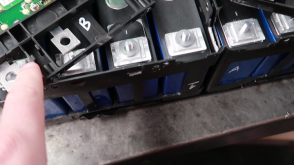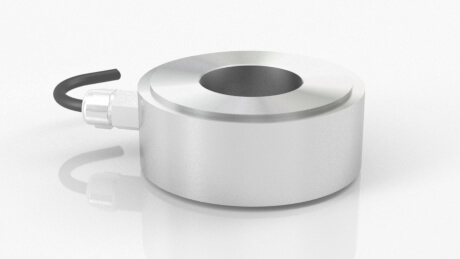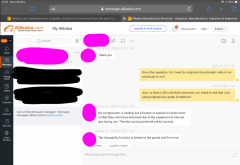Interesting info, thanks for adding to the discussion.
I will point out 4 points worth pondering in relation to your post:
1. I think you need to followup with that viewer if you want to believe (or at least if you want others to believe) what they are saying. There are details (who told them, in reference to what cell, and when) that would help establish the credibility and context of that comment.
2. My understanding (not an EV guy) is that EV's have different priorities than energy storage systems. Solar the main concern is cycle life, EV's have to consider high c rates and thermal management in a way that solar ESS does not. Engineers may make the calculated tradeoff to sacrifice cycle life or cost for better cooling.
3. Form factor matters. A large prismatic cell, a small prismatic cell, or a cylindrical cell, are to a degree different beasts. Cell construction probably matters too. I can think of two small aluminum prismatics designed to have air gaps (CALB CAM 72Ah, Frey <100Ah) but I have never seen a large form factor prismatics designed this way. From the little bit I understand large form factor prismatic cells sacrifice strength for energy density. And the broad side of the cell is the weak point. I won't pretend to be an expert here.
3. One of our forum members spoke with two separate engineers at EVE, that was covered above so I won't go into detail, but they were pretty clear on fixture being recommended. The 12PSI seems somewhat universal, and based on other info from other sources (A123, etc) it seems this number is derived from the ideal pressure for the
internals of the cell. Or at least that is how I have interpreted the info we have.
Cliff notes of the evolution of our understanding and discussion can be found
here and
here
edit: also I stumbled upon the video of that cell being deconstructed a few months back and found it super interesting







